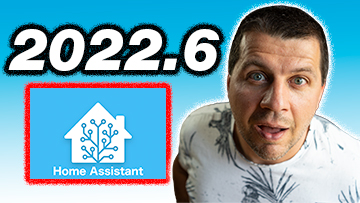As usual Home Assistant have a new release every month and It is time for Home Assistant 2022.6 which will bring some new stuff on the table, it will continue to streamline the user experience, and there will be some breaking changes. Let’s discuss everything about 2022.6.
Table of Contents
Home Assistant Webinar?
By the way if you still don’t have Home Assistant – why are you still waiting? Check my Home Assistant webinar where I’m discussing all 4 official ways to get Home Assistant + 1 secret and stupid easy way to get it.
Register now on my other website https://automatelike.pro/webinar and instantly join the webinar.
It is absolutely free, exactly as the new features in Home Assistant 2022.6. Let’s see them:
Home Assistant 2022.6: Logbook
The Logbook menu can now be open from a lot of places, it is faster and it has more information on top the logs are live!
If you go to the Areas section of Home Assistant you will see the Logbook as a card.
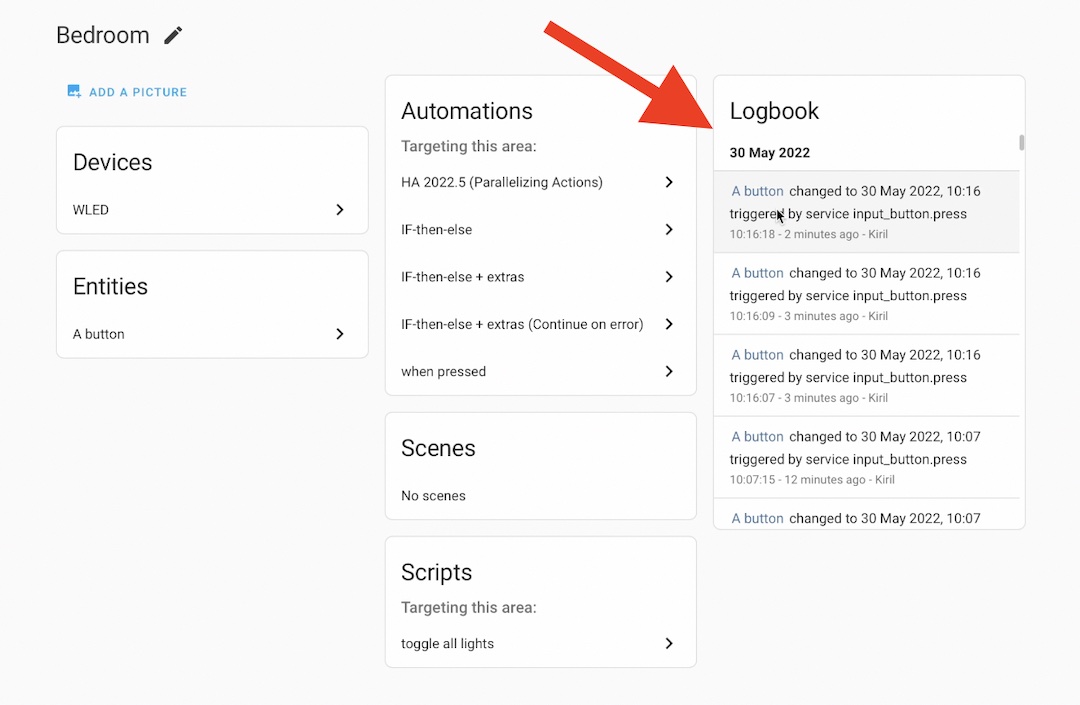
If you open any device inside this Area (or from somewhere else) – the Logbook can be seen again on the right side.
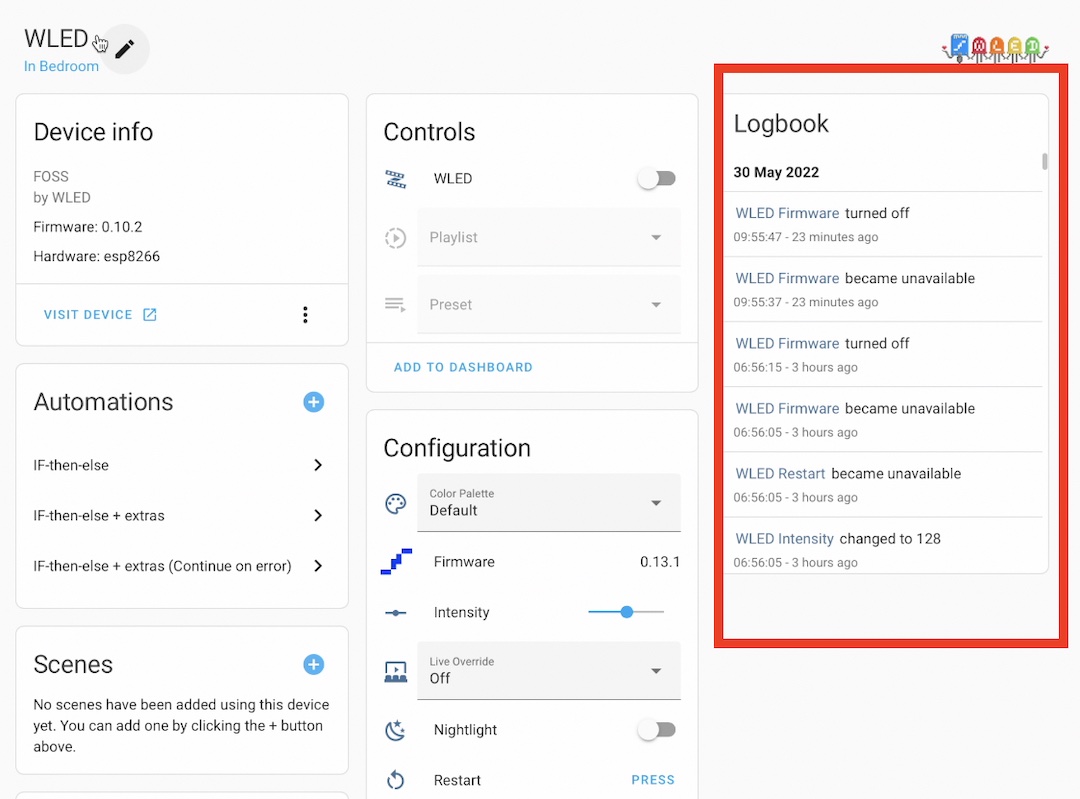
If you open an entity that support some kind of an action (a button can be pressed, a switch can be toggled, etc.) you will be able to execute this action (ex. to press a button) and a Logbook record will be immediately shown – live.
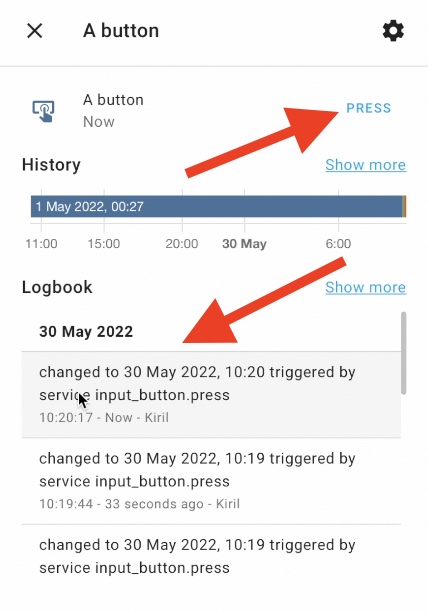
Manage application credentials from the UI
Next is Manage application credentials from the UI. Starting form Home Assistant 2022.6, you can manage OAuth2 credentials directly from the UI.
The new menu is kind of hidden. It is situated in the Integrations > 3 dots menu > Application Credentials.

But anyways, what actually can do with this Application Credentials management from UI? Let’s say you want to integrate Spotify (How-To Home Assistant Spotify) to your Home Assistant. From the bird’s eye view, the Spotify integration procedure is as follows:
- You have to login to Spotify Developer portal,
- You have to create an App from the menus there,
- Then you can get your OAuth2 credentials.
Before Home Assistant 2022.6 you had to enter these credentials in your configuration.yaml file and to restart Home Assistant. Now, you can add your OAuth credentials from the Application Credentials menu in the Home Assistant UI and no restart is required.
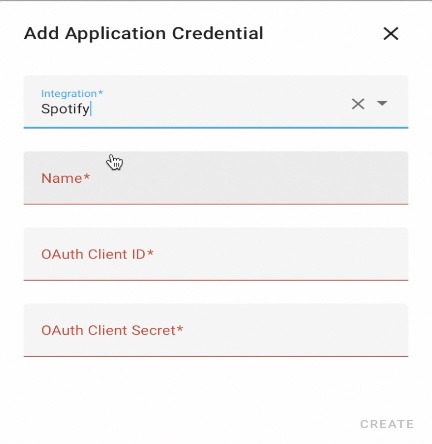
On top you can use the https://my.home-assistant.io/redirect/oauth as Redirect URI during the app creation of Spotify or other compatible integrations.
So, OAuth2 management is a lot easier in HA 2022.6 and it is warm welcomed and streamlined feature.
Energy Data Compare
Next new Home Assistant 2022.6 feature is related to the Energy Dashboard. From now on, you will be able to compare energy data against previous periods, directly from the energy dashboard. Very useful visual representation that can lead to some Energy saving insights right away.
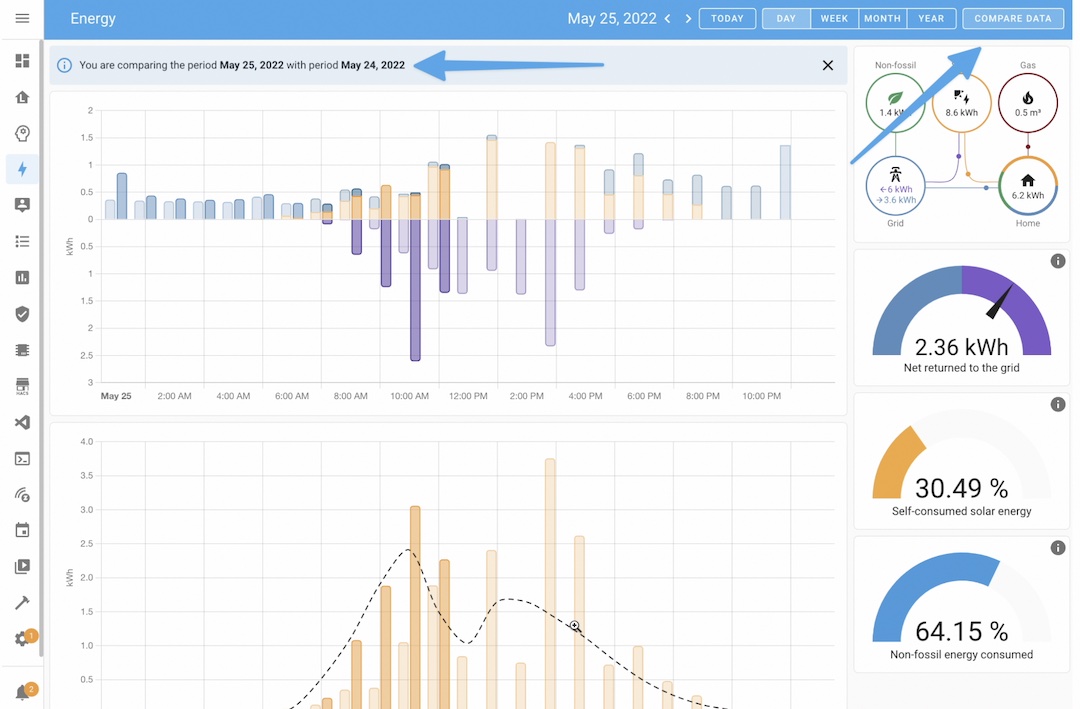
Improved Scene Editor
Next in the latest Home Assistant 2022.6 list is Improved Scene editor. The new thing here is that you can set a state of a specific entity and not to the whole device when you are creating Scenes in Home Assistant.
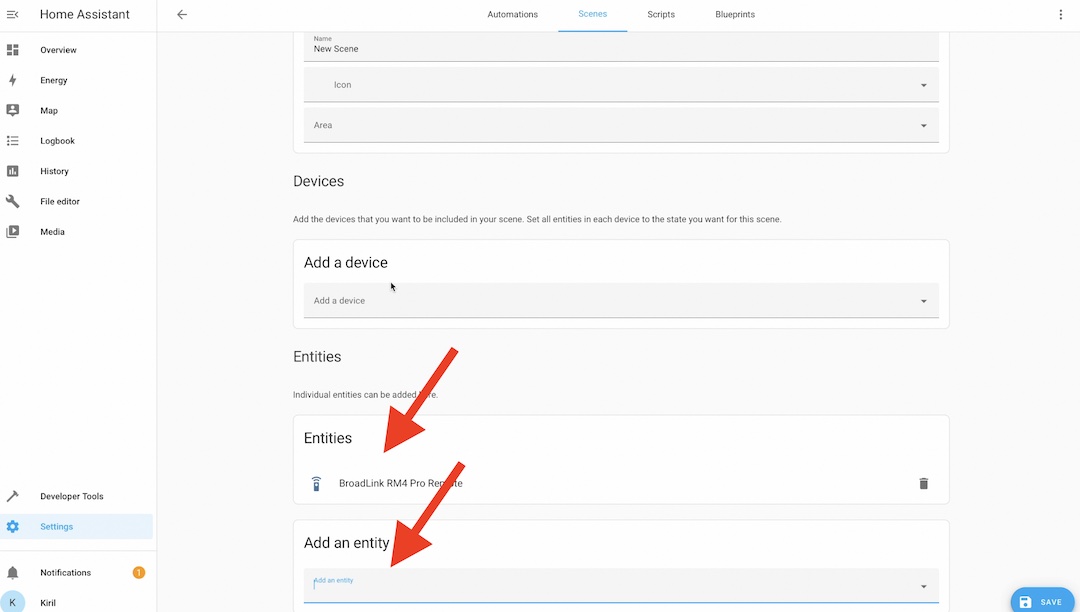
Let me know in the comments are you using Scenes in Home Assistant and get some bonus points if you say for what exactly are you using them? Will this new Scene editor will be of any help for you?
Calendar trigger offsets
Next is one really, really useful new feature in the Home Assistant 2022.6 called the Calendar trigger offsets. Using this in Home Assistant automations allows you to make alerts ahead of the actual calendar event. Just like a reminder 15 minutes before a meeting or something. In my video about this topic you can see how I’m creating such Calendar trigger offsets Automation and here in my website I will paste the YAML code of this automation:
alias: alert before google cal event
description: ''
trigger:
- platform: calendar
event: start
offset: '-0:15:0'
entity_id: calendar.kirile_gmail_com #change this to your Calendar
condition: []
action:
- service: persistent_notification.create
data:
message: A google calendar event will start in 15 minutes
mode: single
The automation above will create a persistent notification fifteen minutes before an event in a Google calendar with a text “A google calendar event will start in 15 minutes“. In order this automation to work, you should already have Google Calendar integrated with your Home Assistant as I’m describing in this article of mine – Home Assistant Calendar with Google Calendar and Automations
Two new not so “shiny” features
The next two features in Home Assistant 2022.6 are not so shiny, but they are important, especially the latter.
Hardware Integrations
The fist one in the list is the Hardware integrations. This one will be further developed, and you can expect functionalities such as if you run Home Assistant on a Raspberry Pi and you have a shitty power adapter (power adapter is not providing enough power) the Home Assistant will let you know.
Database Performance optimizations
The second not shiny from the end user perspective point of view change in Home Assistant 2022.6 is yet another Database Performance optimisations. These optimizations are technically impressive, as they can increase the life of your storage device due to less writes operations and to reduce the Home Assistant DB size.
Just have in mind that the DB size reduction will not be available right after you update. The data stored in the database before 2022.6 will not get updated and the DB reduction will occur over time with the recording of new data and the purging of old data.
MQTT Breaking Change in HA 2022.6
Now is the best time to discuss one big braking change in Home Assistant 2022.6. Before that, let me know which is your most favourite feature in the Home Assistant 2022.6? Please share your answer in the comments section below.
Now, back to the breaking change. Actually this one is really important, but will not break anything right away. It is more like a 3-months deprecation notice, so you will have time to fix your Home Assistant configuration if that is actually needed. It all depends whether you have any manual MQTT configurations. If you have manual MQTT entities in your configuration.yaml file you have to update their format.
This is the current and from now on deprecated MQTT format:
sensor:
- platform: "mqtt"
name: "My sensor"
state_topic: "some-state-topic"If you don’t have any of these in your configuration.yaml – congratulations you don’t have to do anything, otherwise you have 3 months to update this to the following new format:
mqtt:
sensor:
- name: "My sensor"
state_topic: "some-state-topic"For now the current/old format of MQTT will work, but you have to go to the new format before the Home Assistant 2022.9 release.
Free Smart Home Glossary?
Download my free Smart Home Glossary if you want to have a PDF document full of simple explanations of the most used Smart Home words and abbreviations.
With Smart Home Glossary or not stay around for more Smart Home related content as I will release my new article next Wednesday. If you don’t believe me subscribe to my Newsletter and you will see!
I’m Kiril and I’m done writing. Bye!
